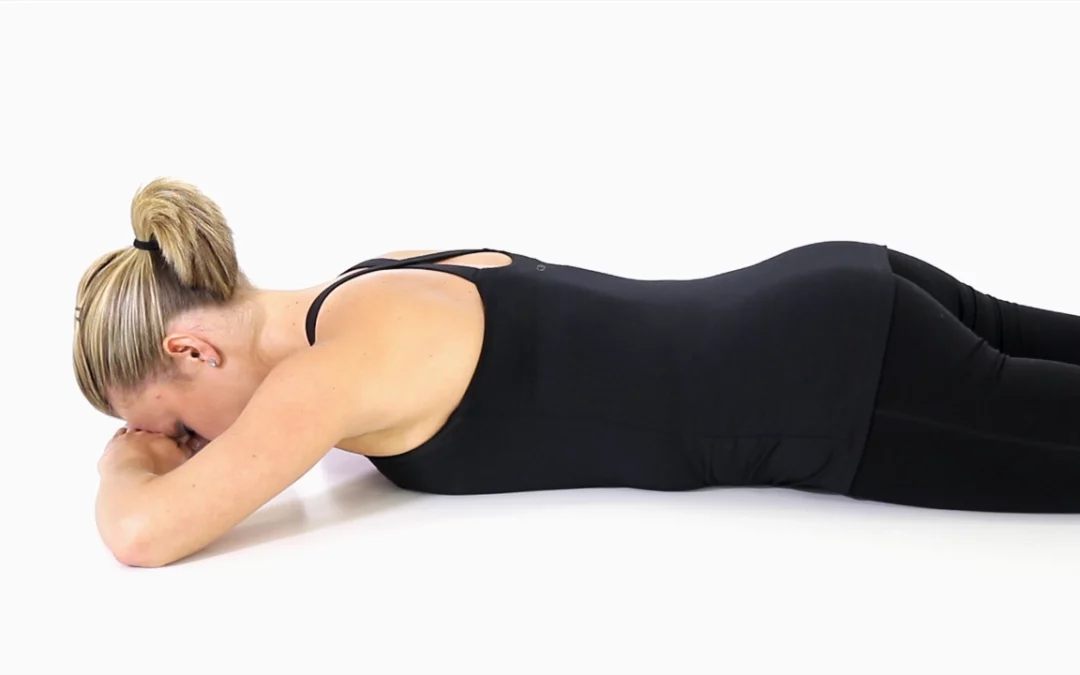If you’ve been grinding through core workouts or dealing with stubborn low back pain, there’s a good chance you’re missing one key piece of the puzzle: how you breathe. That’s right—your breath might be holding you back.
Enter crocodile breathing. Weird name? Sure. Powerful technique? Absolutely.
Crocodile Breathing is a powerful technique. Why? Because it taps into one of the most overlooked tools in your body: proper diaphragm function. And when your diaphragm works the way it should, everything else starts to fall into place—your posture, your core, your nervous system, even your energy levels.
Let’s break down what crocodile breathing is, why it matters, and how to start doing it right.
What Is Crocodile Breathing?
Picture this: a crocodile lying face-down in the water, belly pressed into the ground, body relaxed but alert. That’s where the name comes from. In this position, you’re encouraged to breathe deeply into your abdomen and lower ribs, rather than your chest or shoulders.
Crocodile breathing is a diaphragmatic breathing drill done lying face down, hands under the forehead, focused on driving breath into the floor. The goal? To retrain your body to breathe the way it’s supposed to—using the diaphragm instead of relying on shallow, stress-based chest breathing.
Sounds simple, right? It is—but the benefits are wild when done consistently.
Why Breathing Matters (More Than You Think)
Let’s get into the anatomy and function side of things real quick. Your diaphragm is a dome-shaped muscle that sits below your lungs and helps pull air into the body. When it contracts, your lungs expand and fill with air. This should happen naturally, and your belly and sides should rise with each breath.
But here’s the problem: most people don’t breathe this way anymore. Thanks to constant stress, bad posture, and desk-bound lives, we’ve become chest breathers—using accessory muscles in the neck and shoulders to breathe. This puts more tension on the body, messes with spinal alignment, and shuts down true core stability.
And when your breathing is off, a lot of other things start falling apart too:
- Poor posture and forward head carriage
- Shallow breathing = heightened stress response
- Weak core engagement and spinal instability
- Decreased performance in the gym
- Increased risk of low back pain and rib dysfunction
Who Should Be Doing Crocodile Breathing?
Short answer: pretty much everyone.
Longer answer: crocodile breathing is especially helpful for:
- Athletes who want more core control and better bracing
- People recovering from injury (especially low back, ribs, or pelvic issues)
- Chronic stress cases dealing with anxiety or poor sleep
- Postural correction for those stuck in anterior pelvic tilt or forward head posture
- Anyone with poor core engagement who struggles with exercises like planks, squats, or deadlifts
It’s a foundational skill. Once you’ve got your breathing mechanics dialed in, everything you do on top of that gets more efficient.
How to Do Crocodile Breathing (Step-by-Step)
Let’s walk through the exact steps we coach at Accelerate Therapy and Performance. You’ll need a flat surface and maybe a mat or towel.
Step 1: Set Up
- Lie face down with your forehead resting on stacked hands
- Keep your legs extended behind you, toes pointing away
- Relax your shoulders, jaw, and glutes
- Optional: Place a small weight (like a book or folded towel) on your lower back to get feedback
Step 2: Breathe Into the Floor
- Inhale slowly through your nose for 3-4 seconds
- Think about filling your belly and lower ribs against the ground
- Avoid chest movement—everything should stay low and grounded
- Exhale through your mouth for 4-6 seconds, feeling your body melt into the floor
- Repeat for 10-15 breaths, focusing on control and awareness
You might notice your back and ribs expanding in ways they haven’t in years. That’s a good sign.
What You Should Feel (And What You Shouldn’t)
You SHOULD feel:
- Pressure in your abdomen during the inhale
- Gentle expansion through your sides and lower back
- Relaxation and calm as you exhale
You SHOULD NOT feel:
- Your neck or chest rising
- Tension in your shoulders
- Holding your breath or clenching your abs
If it feels awkward at first, don’t stress. This is a skill—like squatting or deadlifting. You’re rewiring years of dysfunctional breathing patterns. Stick with it, and it clicks faster than you think.
How Crocodile Breathing Helps Your Core
Here’s the kicker: your diaphragm isn’t just a breathing muscle—it’s a core muscle. It works hand-in-hand with your pelvic floor, transverse abdominis, and multifidus to stabilize your spine.
When you breathe properly, you create what’s called intra-abdominal pressure (IAP)—basically a 360-degree brace around your spine. This helps you:
- Brace harder during lifts without over-gripping your abs
- Prevent back pain and injuries
- Improve posture and movement control
- Reduce compensations (like overusing your low back or neck)
Crocodile breathing is like building your core from the inside out. Before you do another plank or crunch, make sure this is in your toolkit.
FAQs About Crocodile Breathing
Is this the same as belly breathing?
Close, but more specific. Crocodile breathing emphasizes the 360-degree expansion (belly, sides, and back), not just pushing the stomach out.
Can I do it if I have low back pain?
Yes—actually, you should. Just make sure the surface is comfortable and your head is supported.
How often should I do it?
Start with 1-2 sets of 10 breaths, once or twice a day. Best times are first thing in the morning or before a workout.
How long before I see benefits?
Some clients feel better in just one session. Others take a week or two to notice posture and core improvements. Consistency is key.
Start Rebuilding from the Inside Out
If you’ve been chasing results with stretching, lifting, or posture tools and nothing’s sticking—start with your breath.
Let’s figure out what your body’s really missing—and help you build a stronger, more resilient version of yourself from the inside out. Book your consultation today, and learn how something as simple as breath work can unlock the next level of strength, movement, and recovery.



